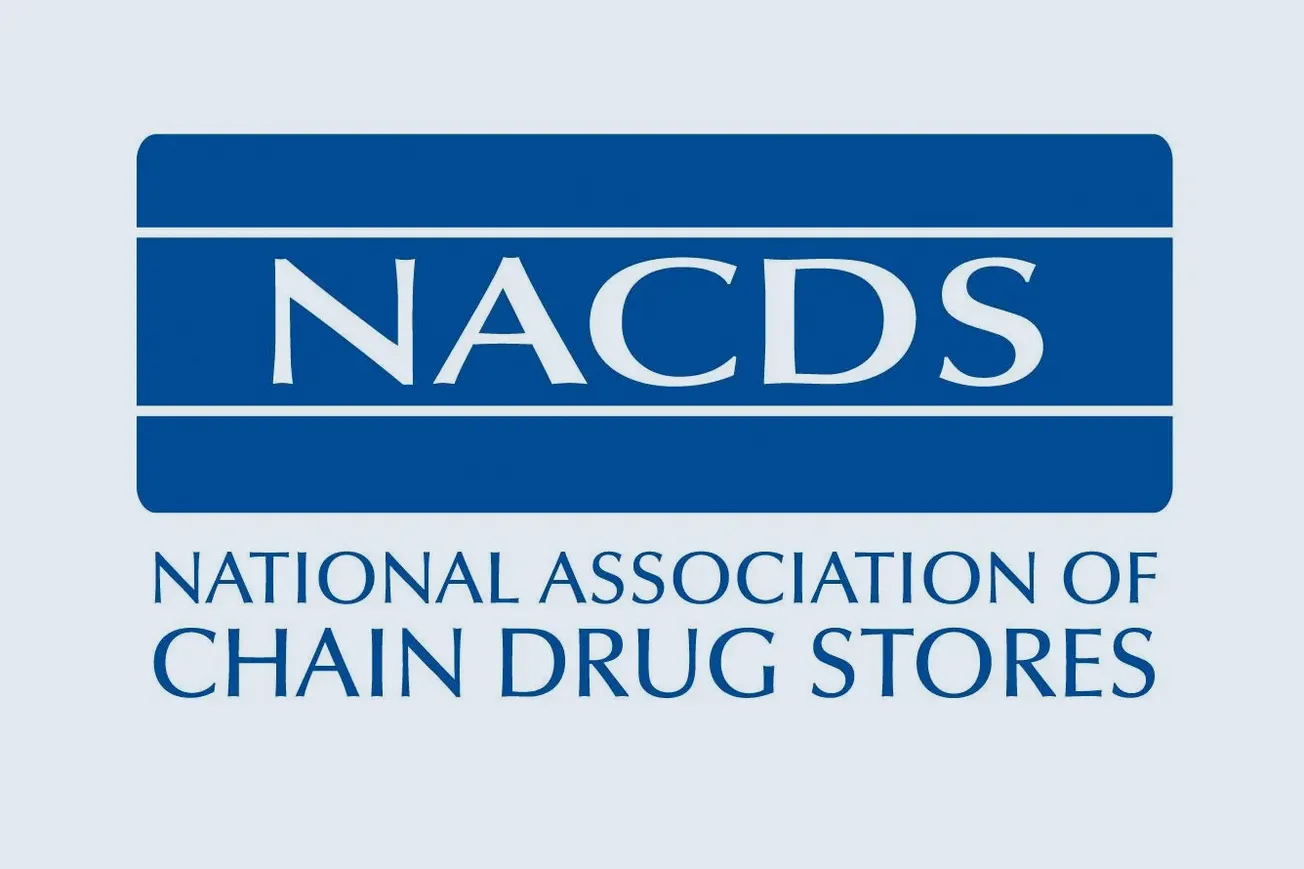ROCHESTER, N.Y. — As part of its ongoing efforts to promote health and wellness, Wegmans Food Markets has created what it calls "eat well, live well stations" that display a selection of fresh, nutritious foods near the pharmacy area of its supermarkets.
As part of its ongoing efforts to promote health and wellness, Wegmans Food Markets has created what it calls "eat well, live well stations" that display a selection of fresh, nutritious foods near the pharmacy area of its supermarkets.
The regional food and drug retailer, which has 76 stores in New York, Pennsylvania, New Jersey, Virginia and Maryland, said the stations connect nutrition with health care and reflect its focus on swaying customers to make healthier food and lifestyle choices.
"There’s so much good science showing that people lower their risk of many health problems when they make healthy food choices and include regular exercise in their routines," Brian Pompo, coordinator of wellness and clinical services for pharmacy at Wegmans, as well as a pharmacist, said in a statement.
"As health professionals, pharmacists know that food and medication play different but mutually supportive roles in helping customers lead healthier lives," he explained. "We do give customers the counsel they need and want regarding medications, but we also believe that sharing how food supports health helps customers. That’s why we’ve created our ‘eat well, live well stations’ near the pharmacy."
Wegmans said the teaching areas have food displays "with a health story to tell" and change with the season. For example, in warm months, freshly harvested foods like berries, melons or tomatoes may appear, sending the message to eat a regular helping of fruit and vegetables to maintain a healthy weight, reduce sodium intake, regulate digestion, and maintain better blood pressure and cholesterol levels.
And in cold months, foods that help fight colds and flu, such as orange juice or soup, might be on display, according to the supermarket retailer. In between seasons, displays might feature other smart foods such as low-fat and fat-free dairy products or heart-healthy whole-grain breads and cereals.
Wegmans said its registered dietitians meet regularly with Pompo to review current scientific research about food, health and wellness, as well as to develop reference materials for pharmacists.
"We look for well-established findings about the healthful properties of given foods or food groups," Pompo stated. "There may be a display featuring Wegmans products containing omega-3s. We provide pharmacists with the education piece, such as what the American Heart Association recommends, how much to consume or what to avoid."
The strategy enhances pharmacists’ standing as trusted health and wellness advisers, Pompo added. "For generations, people have trusted pharmacists’ advice about medications and about a wide range of family health questions," he explained. "We see an opportunity for our pharmacists to build on the role they have as patient care advocates in our customers’ lives. When they share what they’ve learned about the role of food in supporting good health, it provides additional information and support to the customer. Simple tips can go a long way to encourage change, and those tips can really add up to help benefit the customer."





